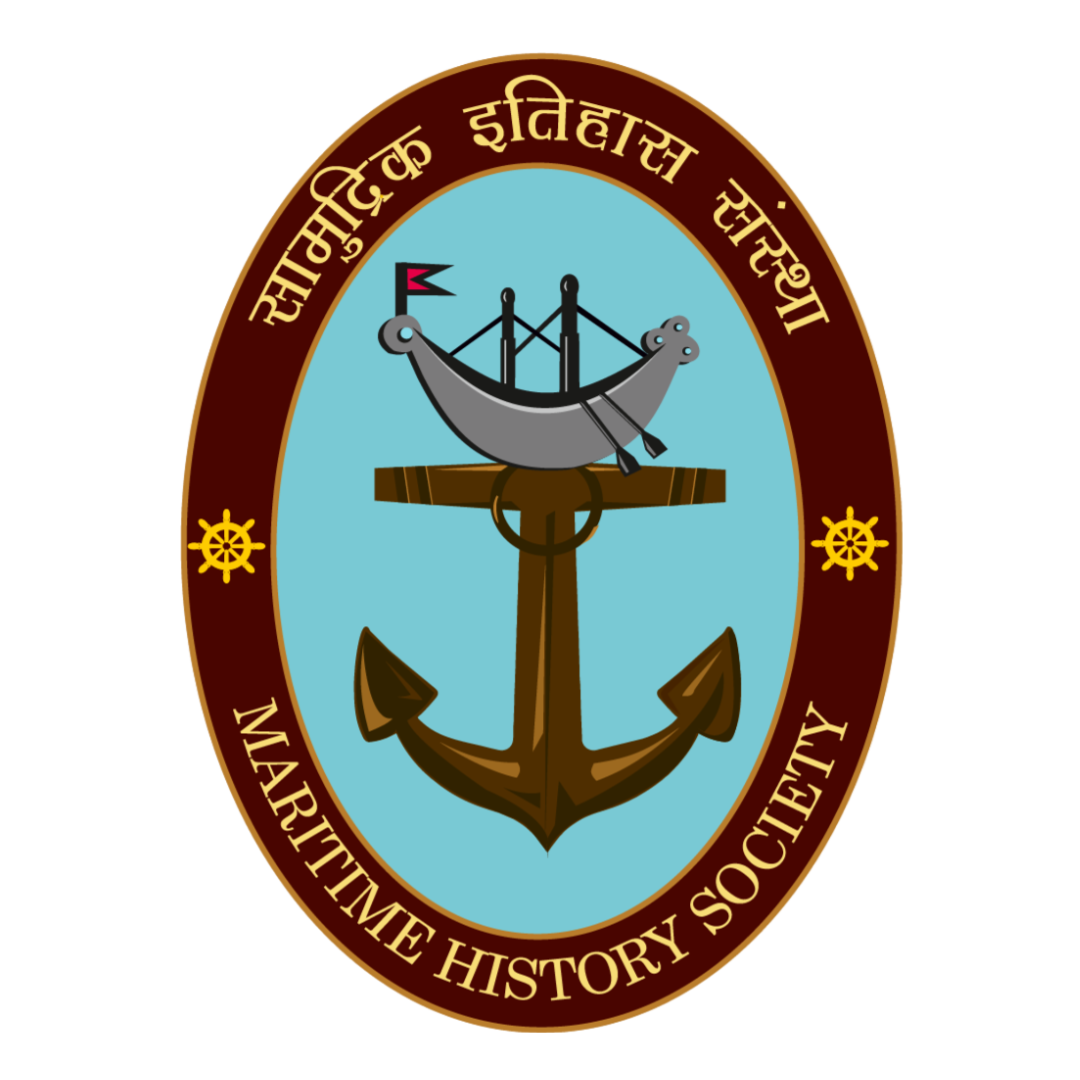By Amruta Talawadekar, Research Associate,Maritime History Society ‘Names of places form an important part of our history. They stand as memorials of men and events in the past. They throw light on the scenes and movements of former ages, and therefore cannot be neglected in our study of the development of our country.’
As rightly indicated by late Dr. Patterson in ‘Place – Names’, names of a place are crucial and are derived from various cultural roots that the place was once known for. Mumbai, for owned by a number of independent rulers. As per a legend, Emperor Mumbarak Shah arrived at these islands in the 14th century. The people on these islands felt threatened and prayed to the local goddess to save them from the invader. When their prayers were answered, the locals named the islands after the Goddess – Mumbadevi (after the demon from whom she saved the island). Mumba is also deciphered as ‘Maha Amba’ or the great mother which eventually became Mumbai. Some even say that the name was given by the seamen who considered the island Mubarak or lucky.
When the Portuguese arrived in India, they established their foothold on Goa, Chaul, Vasai, Daman etc. While these were strategically important towns for the Portuguese, the strategic importance of the seven islands was not anticipated. It was brought under the control of the Portuguese in the treaty of Bassein as an addition and was given on lease to many Portuguese nobles thereafter. These nobles built churches and houses on these islands and converted the locals to Christianity. The then settlers were probably impressed with the fertile land for cultivation, scope for fishing and coastal activities (which meant an abundance of food), and the benefits of being in the proximity of the other towns as well1. They called the main H-shaped Island- ‘Ilha De Boa Vida’ meaning ‘Island of good life’2. Garcia da Orta who was a physician by profession, settled on this island and built a house. This house, which later became the Bombay Castle, still stands strong to show the historical evidence of the Portuguese rule in Mumbai. In Lendas da Índia, or the Legends of India, written in Portuguese by writer Gaspar Correia, the city was referred to as Bombaim, meaning ‘the good bay’. Subsequently, the Islands fell into the hands of British in a dowry deal and the Islands began its journey as a port city. The British leased the seven islands of Bombay to the English East India Company who realized its strategic importance as a port. During the Company’s rule, the islands developed to become a town and Bombay got transformed into an important port city that still maintains its trade links with the world. The names eventually went on to Mombayn, Bombay, Bombain, Bombaym, Monbaym, Mombaim, Mombaym, Bombaye, Bombaiim, Bombeye, Boon Bay, and Bon Bahia as seen in a number of writings till it became Mumbai in 1995 after a few political rifts.
Even though the city is now officially Mumbai, the names ‘Bombay’ and ‘Mumbai’, along with the others, were always a part of its rich maritime history from a group of seven Islands to the cosmopolitan city it currently is.
1 Bombay, G. o. (1909). Bombay and Islands Gazatteer. Bombay: Government of India, pg. 20
2 Bombay, G. o. (1909). Bombay and Islands Gazatteer. Bombay: Government of India, pg. 19



0 Comments